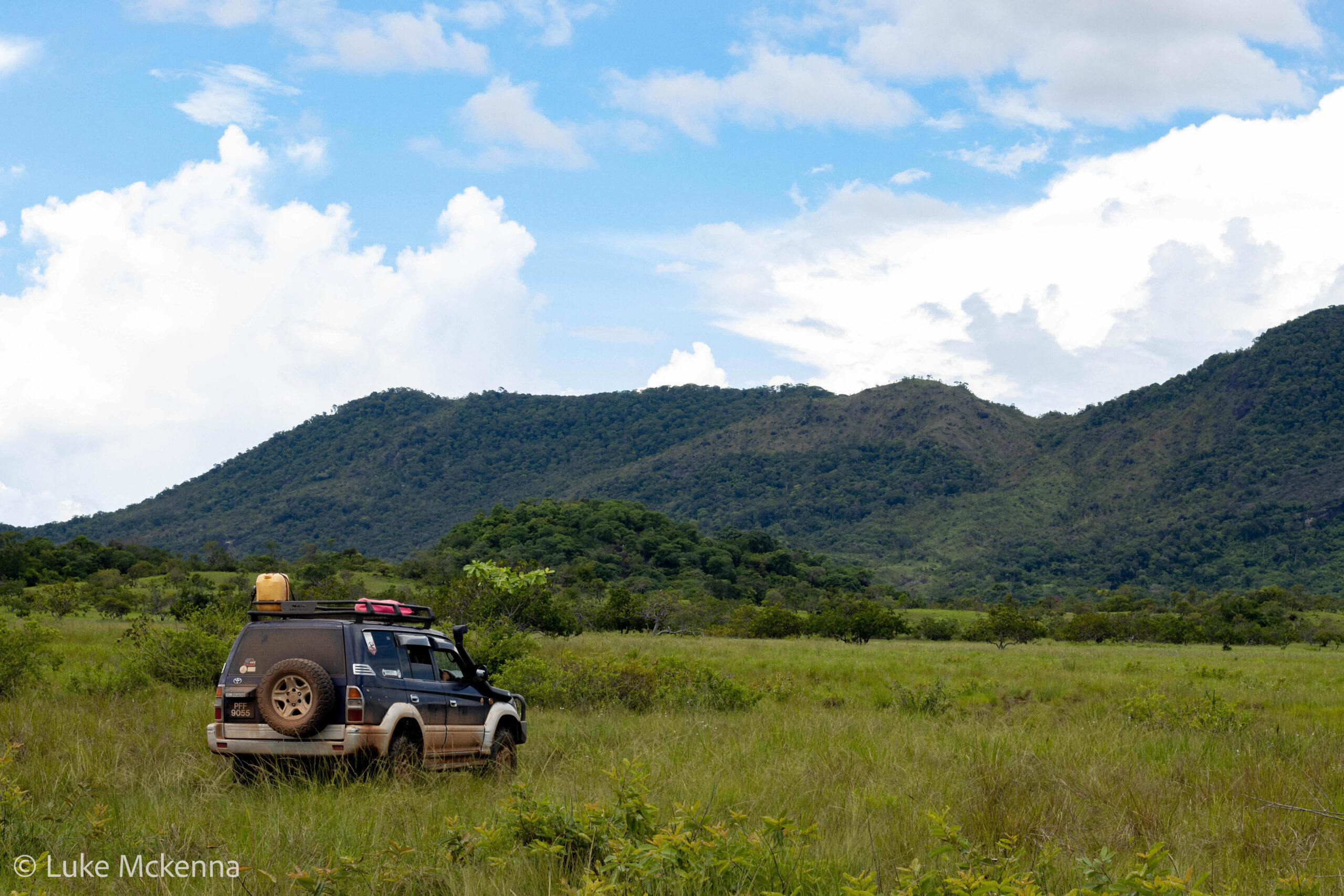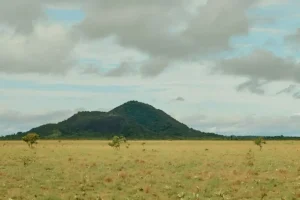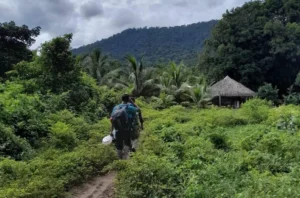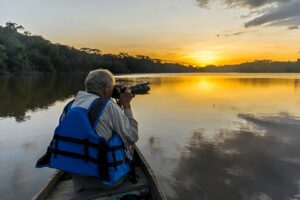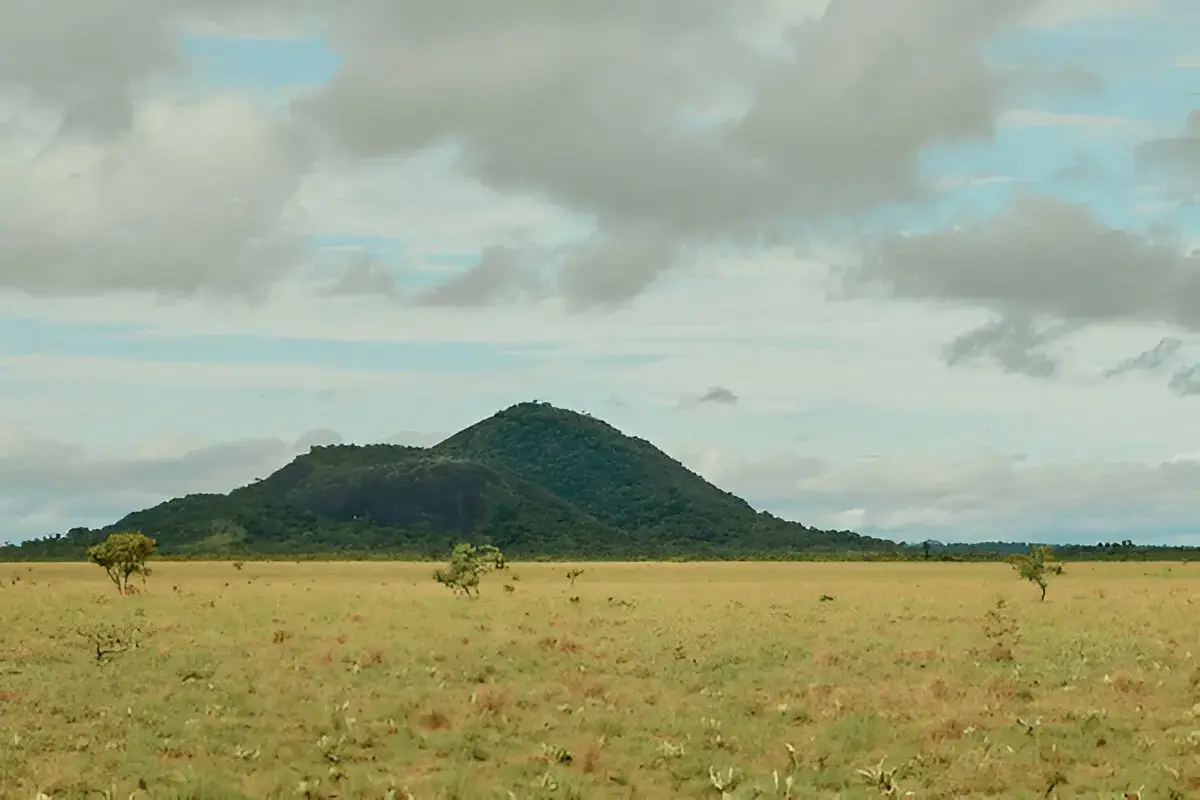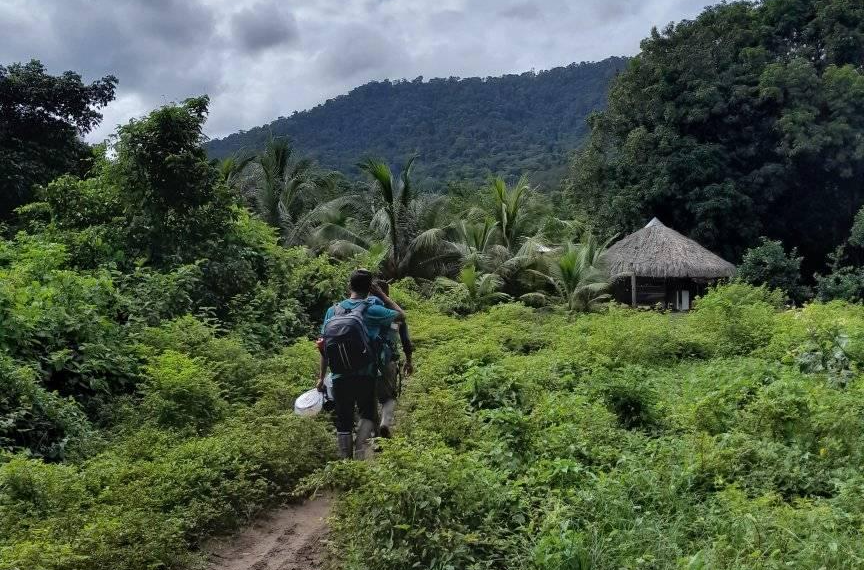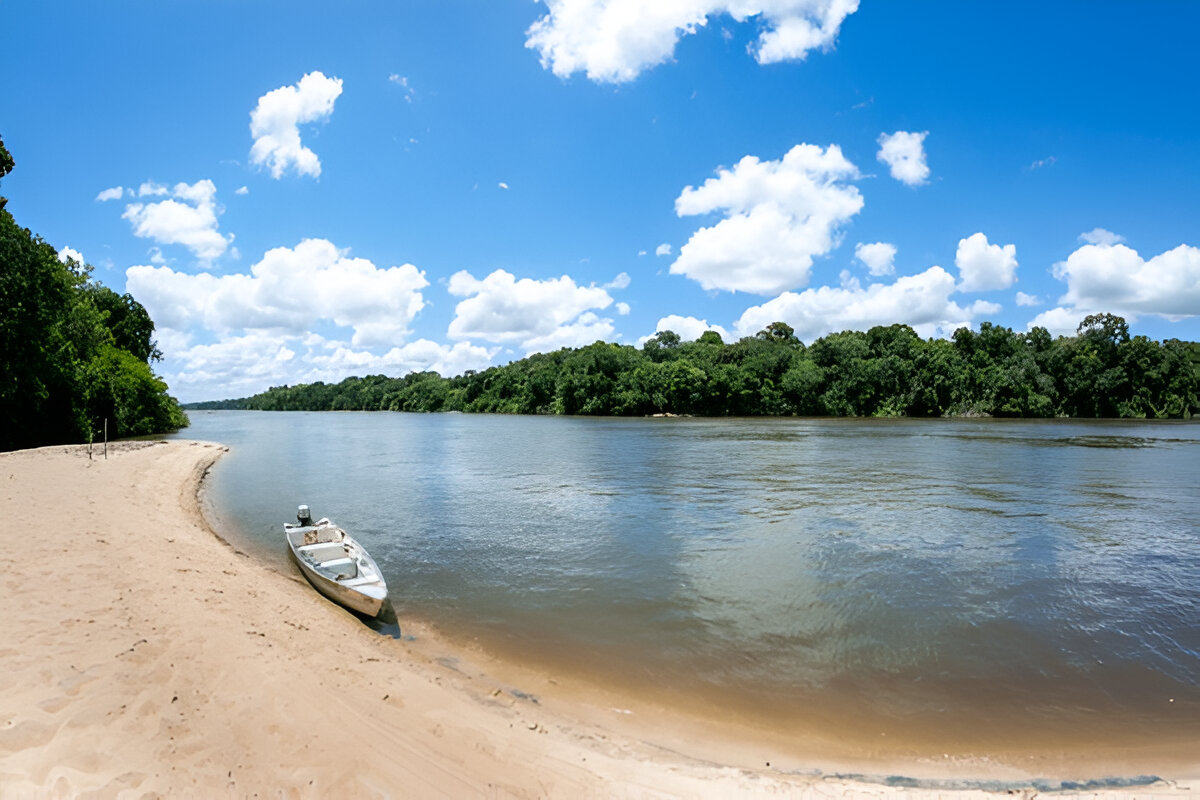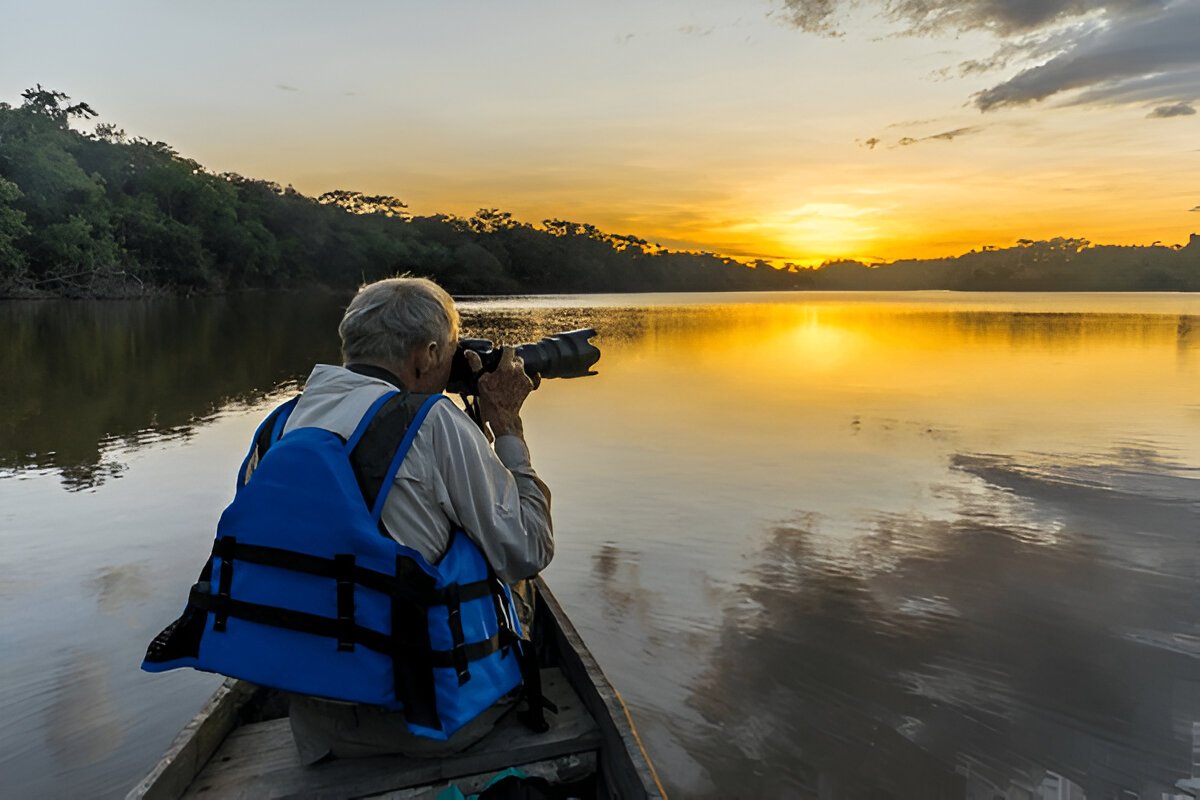For adventurers and nature lovers, the Rupununi, found in the center of Guyana, is a stop they should not miss. Boasting unspoiled scenery, abundant wildlife and lively native cultures, it will also offer an unforgettable experience. But before you dive into this paradise, there’s the matter of getting to the Rupununi. Whether you arrive by air, on the road or via neighboring Brazil, this Rupununi travel guide will get you on your way to one of South America’s most untouched regions.
Traveling from Georgetown
Your trip to Rupununi starts in Georgetown, Guyana’s capital city. Georgetown is easily accessible from international hubs, with daily flights coming in from Miami, New York, Houston, Panama City and even Brazil. Your adventure begins the moment you touch down at Cheddi Jagan International Airport.

Flying to the Rupununi
The quickest and most direct route to Rupununi is by air and is therefore the preferred method of travel for those with limited time. Local airlines including Trans Guyana Airways and Air Services Limited run daily flights from Georgetown’s Ogle Airport to Lethem, the Rupununi’s main hub.
Why Choose Flying?
Time-Saving: The flight takes just 90 minutes compared to the 12+ hour overland journey.
Scenic Beauty: Experience breathtaking aerial views of the Amazon rainforest and savannas.
Convenience: Chartered flights can take you directly to airstrips near key eco-lodges and communities in the region.
Pro Tip: Book flights well in advance, especially during peak travel seasons from December to April.
The Overland Adventure
For those craving adventure, the overland journey along the Georgetown-Lethem Trail offers a rugged and memorable experience.

What to Expect:
Travel Time: 12–16 hours, depending on weather and road conditions.
Seasonal Challenges: The trail becomes challenging during the wet season (May–August) due to flooding.
Scenic Stops: Highlights include the Iwokrama Rainforest Reserve and the stunning Essequibo River at Kurupukari Crossing.
Transportation Options:
Private Vehicles: Hire a 4×4 with a driver for flexibility and comfort.
Shared Minibuses: A budget-friendly, albeit less comfortable, option.
Guided Tours: Opt for a tour operator to handle logistics while you enjoy the scenery.

Crossing the Border from Brazil
Travelers coming from Brazil can access Rupununi via Bonfim, the border town connecting to Lethem. From Manaus, buses or flights to Boa Vista, followed by a short drive to Bonfim, make this route convenient.
Key Tips for Border Crossing:
Ensure your travel documents and visas are in order.
Exchange currency in Lethem for Guyanese dollars.
Lethem offers lodging and services to prepare for your Rupununi exploration.

Why the Journey is Worth It
The trip to the Rupununi is part of its appeal, no matter which way you go. Every second be it soaring over unspoilt wilderness or getting excited over a rough but well-deserved road trip, it is an adventure. You’ll be welcomed by breathtaking landscapes, rare wildlife and the warmth of its local communities when you arrive.
Start Your Rupununi Adventure
You know how to arrive at Rupununi, now let’s start planning your trip. Read this Rupununi travel guide to select the best travel option for you. The Rupununi is there with its unparalleled beauty and experiences whether you are on a flying or an overland journey.
FAQ
1. What is the best time to visit the Rupununi?
The dry season (December to April) is ideal. Roads are easier to travel, and wildlife viewing is excellent. Overland travel is more reliable during this period.
2. How long does it take to travel overland from Georgetown to the Rupununi?
Depending on weather and road conditions, the journey can take about 12–16 hours. The dry season shortens travel time, while the rainy season may cause delays.
3. Are there accommodations available in the Rupununi?
Yes, you’ll find a range of eco-lodges, guesthouses, and community-run accommodations, especially near Lethem or within wildlife reserves like the Iwokrama Rainforest Reserve.
4. Can I self-drive from Georgetown to the Rupununi?
While possible, it’s best to hire a 4×4 and, if you can, an experienced driver who knows the rough terrain. Always check road conditions and travel during daylight hours for safety.

